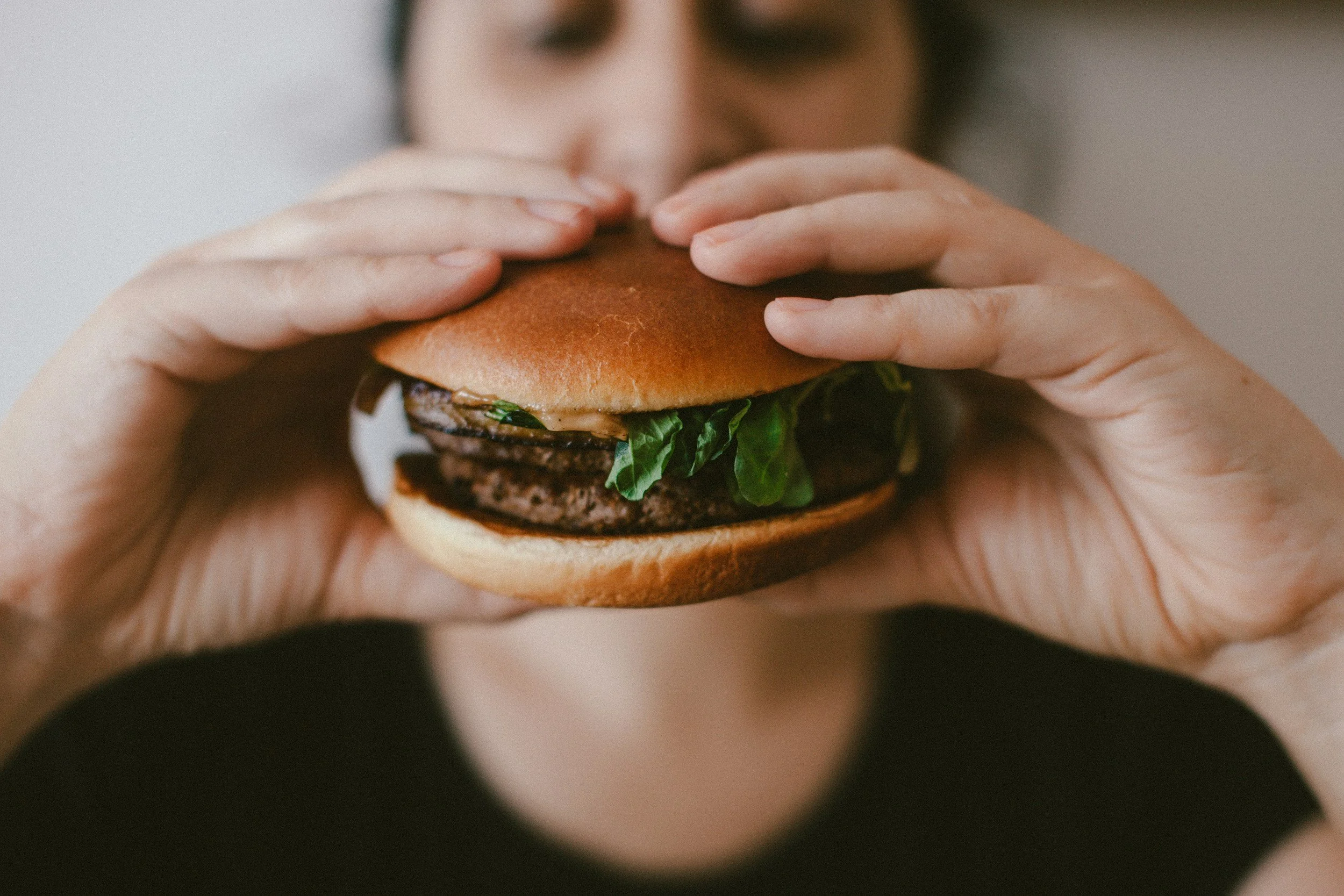Understanding Hunger and Cravings: What's the Difference?
Understanding the delicate dance between hunger and cravings is crucial for maintaining a healthy relationship with food. Let me guide you through this important distinction that can make or break your fitness journey.
Physical Hunger vs. Emotional Cravings
Your body has an incredible way of communicating its needs. Hunger emerges as a biological response when your body requires fuel, typically accompanied by physical symptoms like stomach growling, headaches, or difficulty concentrating[1]. These signals intensify over time and only subside when you eat.
Cravings, however, tell a different story. They are often specific desires for particular foods, usually high in fat, salt, or sugar, and can strike even when you're physically full[1]. These urges are more connected to your emotional state than your body's nutritional needs.
The Science Behind Your Cravings
Brain Chemistry at Work Your brain's reward centres, including the amygdala and hippocampus, play a crucial role in food cravings[1]. When you satisfy a craving, your brain releases dopamine, creating a pleasure response that can reinforce the behaviour.
Common Triggers Several factors can spark cravings:
Environmental cues (like the smell of fresh bread)
Emotional states (stress, boredom)
Hormonal changes
Sleep deprivation[1]
Recognising True Hunger Cues
Physical Symptoms When genuine hunger strikes, you'll notice:
A gradual increase in hunger sensation
Stomach growling
Decreased energy levels
Ability to be satisfied by any nutritious food[5]
Craving Characteristics Cravings typically:
Appear suddenly
Target specific foods
Don't intensify over time
Often stem from emotional needs[5]
Managing Your Response
Smart Strategies for Parents For busy parents constantly on the go, try these approaches:
Keep nutrient-dense snacks readily available
Plan balanced meals ahead of time
Stay hydrated throughout the day[6]
Mindful Eating Practices Develop awareness by:
Pausing before eating to assess true hunger
Taking time to savour each bite
Waiting 10-15 minutes when cravings hit[3]
Building Better Habits
Meal Structure Create a sustainable routine by:
Eating regular, balanced meals
Including protein with each meal
Not letting yourself get overly hungry[6]
Healthy Alternatives When cravings strike, opt for:
Fresh fruit with nut butter
Vegetables with hummus
Air-popped popcorn
Herbal tea[3]
Stress management and Emotional Eating
Managing stress is crucial for controlling cravings. Regular exercise, meditation, or short breaks throughout your busy day can help prevent stress-driven eating[3]. Finding these moments might seem challenging as a parent or active adult, but even five minutes of mindful breathing can make a difference.
Conclusion
Understanding the difference between hunger and cravings empowers you to make better food choices. Remember, hunger is your body's natural signal for fuel, while cravings often reflect emotional needs or habits. By recognising these distinctions, you can maintain better control over your eating patterns and achieve your health goals.
FAQ
How long do typical food cravings last?
Food cravings typically last between 3-5 minutes[2]. If you can distract yourself during this time, the urge often passes.
Can I completely eliminate cravings?
Rather than trying to eliminate cravings, focus on managing them effectively. They're a normal part of life that can be controlled with proper strategies[3].
H3 Should I ignore hunger signals?
Never ignore genuine hunger signals. They're your body's way of communicating energy needs [4].
How can I tell if I'm actually hungry?
Try drinking water and waiting 10 minutes. If the sensation persists and isn't focused on a specific food, it's likely genuine hunger[5].
Citations:
[1] https://zoe.com/learn/food-cravings
[2] https://www.dupagehealthpt.com/post/understanding-cravings-hunger
[3] https://chear.ucsd.edu/blog/craving-management-understanding-control-food-cravings-guide
[4] https://sparkandstitchinstitute.com/listening-to-cues-of-hunger-and-fullness/
[5] https://www.naluri.life/community/articles/differentiating-between-hunger-desire-and-cravings
[6] https://www.healthline.com/nutrition/how-to-stop-food-cravings
[7] https://sunnyhealthfitness.com/blogs/nutrition/hunger-cravings-difference

